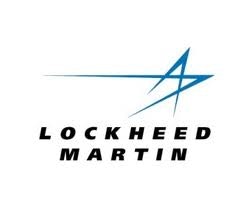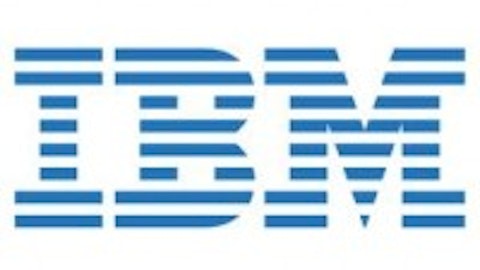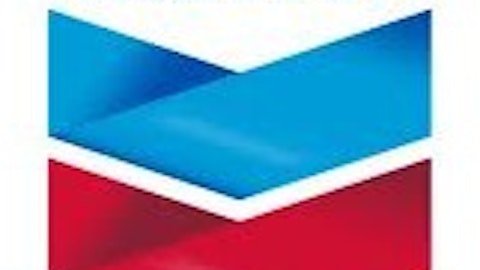Peter Lynch used to say that you should know enough about a company to tell its “story” in just a minute or two. I bought Lockheed Martin Corporation (NYSE:LMT) because of their high yield, and relatively cheap valuation. I also thought that Lockheed Martin Corporation (NYSE:LMT) could increase their margins, which would cause better earnings in the future. Let’s see how these assumptions stack up next to the company’s recent performance.

In defense of this industry
I know many people avoid defense stocks because of the potential for budget cuts, or because they don’t support defense stocks in general. However, it’s hard to ignore the significant free cash flow companies in this industry create. When you add the fact that these companies also pay competitive yields, and stocks selling for low forward P/E ratios, investors should re-consider this industry for their portfolio.
Whether you agree with the objectives of companies like Lockheed,
Two weaknesses could be future strengths?
I know that it’s sort of strange logic to suggest that a company’s current weakness could be a strength tomorrow, but that’s exactly what I’m thinking. Companies rarely stand still, and good management looks at weaknesses as areas for improvement instead of as challenges they cannot overcome.
Lockheed is weaker than their competition in their gross margin and free cash flow per dollar of sales. In their last quarter, Lockheed’s gross margin was just 8.77%. By comparison, Northrup’s margin was 24.1%, Raytheon managed 20.92%, and even Boeing had a gross margin of 14.62%.
Since Lockheed Martin Corporation (NYSE:LMT) carries a lower margin, it makes sense that their free cash flow is lower as well. In the last three months, Lockheed produced about $0.09 of free cash flow per dollar of sales. Their competition generated between $0.13 and $0.16 of free cash flow by comparison. The good news for Lockheed Martin Corporation (NYSE:LMT) investors is, as the company focuses on efficiencies in each of their divisions, they should be able to improve their margins in the future.
Growth and income
Lockheed might have room for improvement in their margins and cash flow, but the company is second to none when it comes to dividend yield. At current prices, Lockheed Martin Corporation (NYSE:LMT)’s yield is just under 5%. None of their competitors really comes close, with Raytheon coming in second at about 3.88%. Northrup-Grumman’s yield is okay at 3.24%, but Boeing isn’t in the same class with a yield of just 2.29%. When you consider that Lockheed Martin Corporation (NYSE:LMT) increased this dividend by 15% last year, you can see the company is committed to rewarding its shareholders.
When it comes to earnings growth, Lockheed shows the best expected growth rate among its pure defense competitors. In the next five years, analysts expect Lockheed to grow earnings by nearly 8%. Ironically, Raytheon has a forward P/E ratio that is nearly identical to Lockheed, yet analysts are calling for just 5.7% growth at that company. Northrup-Grumman is actually expected to see earnings contraction over the next few years, while Boeing’s EPS is expected to increase by 13.68% on average. The difference between Boeing and the rest is, Boeing will get most of its growth from commercial jet orders, and not from defense revenue.
PEG+Y spells opportunity
I’ve come to realize in the last year or so that not everyone has read Peter Lynch’s two books as many times or as thoroughly as I have. Lynch used a ratio to compare companies that pay dividends called the PEG+Y.
The fascinating part about this ratio is it adds the company’s yield and expected growth to get a total expected return. The company’s total expected return is then divided by the P/E ratio to get the PEG+Y ratio. Since a company with a low P/E and a high total expected return is the goal, the higher the result the better.
Since Lockheed pays a yield of about 4.98% and is expected to grow by 7.9%, the company’s total expected return is 12.88%. With shares selling for a forward P/E ratio of about 10.31, the PEG+Y is 1.25. By comparison, Boeing has a PEG+Y of 1.20. You would think that Boeing’s much higher expected EPS growth would make the stock a better value, but the company’s P/E of 13.30 is nearly 30% higher. Raytheon’s lower yield and growth rate, means the company’s PEG+Y is lower at 0.9. The worst performer is Northrup-Grumman with a PEG+Y of just 0.23.
As you can see, Lockheed offers a better relative value when it comes to yield and growth. The company’s PEG+Y is better than any of their peers, and though their margins are lower today, they can improve in the future. When you add these positive attributes to the fact that the company consistently buys back shares, it’s hard to come up with a defense for why you wouldn’t buy this stock.
The article The 4 Reasons I Own This Stock originally appeared on Fool.com is written by Chad Henage.
Copyright © 1995 – 2013 The Motley Fool, LLC. All rights reserved. The Motley Fool has a disclosure policy.


